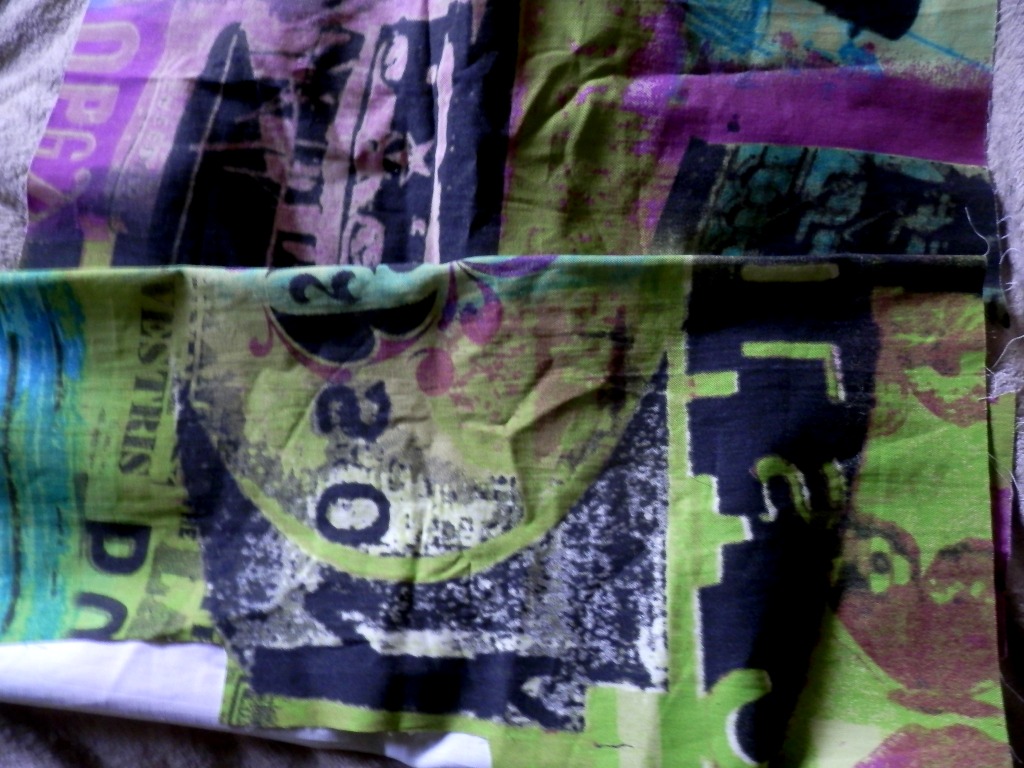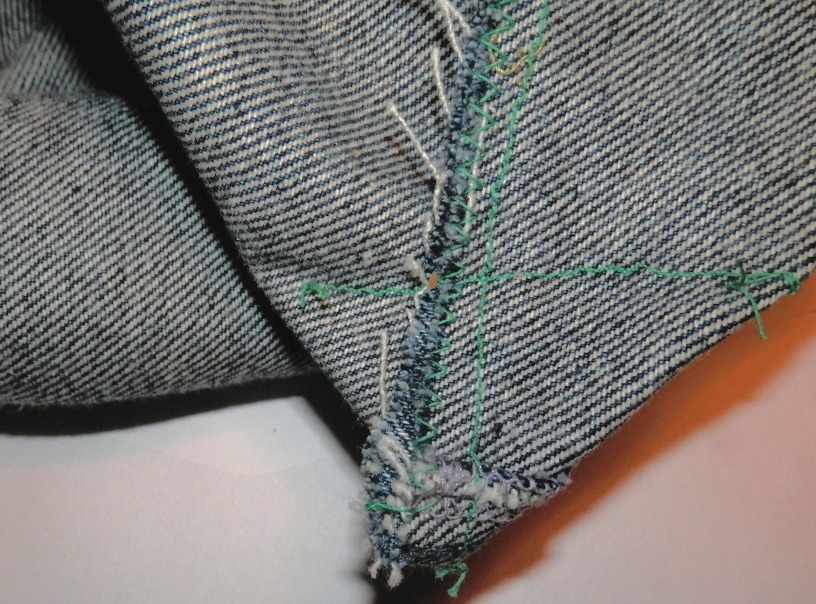
Last week we spent in our summer house in Murter, on the Adriatic coast. But didn't just enjoing long walks. I finaly managed to makeover an old cupboard I planned for years. And I am very proud with myself - I like the final result (which is not always the case), and did it in three days. There are some details I'll add next time we go there, but this is it.
See below how the cupboard looked like before I rufurbished it - ugly and ruined:
I was taking pictures and prepared tutorial how to makeover and paint cupboard.
Tutorial how to refurbish cupboard (or other piece of furniture)
Material and tools

Acrylic paints and primer; transparent oil varnish

Acrylic filler and spatulas

Orbital sender and sanding paper

Cordless impact driver or ordinary srewdrivers

Roller and brush
Additionally, I used some foils for stencils, golden acrylic decorative paints and thin brushes and glazing medium for glazing.
Step 1: Review and decide what to do
Take a photos of the cupboard from the all angles - not just for the archive, but to be sure how to assemble all pieces after the refurbishment. Thoroughly review piece condition to see what you need and can do. Sometimes you'll need to ask for help from some handy friend or professional carpenter, or just need to borrow some tool. And sometimes you'll find quite different usage of the item. This cupboard, focusing just on the wood, was in rather good condition - few damages on the sides and door edges I decided to repair with filler.
Step 2: Dissemble all pieces
 |
| Philips screw |
Dissemble all pieces, it is easier to work. Take photos while doing that to be sure how to assembe them. I am planning to replace those slot screws with Phillips ones, as have cordless impact driver (borrowed from my hubby).
Step 3: Repairing and Sanding
Before starting to work, I cleaned and washed the cupboard with dump cloth, used water with a few drops of dishwashing liquid in case of greasiness.
Minor damages I found on the door edges (and inside, on the cupboard sides), I repaired with the filler. I used acrylic one, it is fast drying and easy to apply. Put some ammount on the spatula (or directly on the damaged place) and flatten it with spatula. The coat should not be thicker than 1 mm - if necessary, repeat the process. When the filler is dry, sand the repaired place and view if it is visible on the surface - if it is below the overal surface level, need to add filler. If it is higher, need to sand a little bit more.
Step 4: Sanding, Priming, Sanding
Sanding and priming are important (although strenous) steps in furniture makeover. Skipping preparations might not be visible at once, but can impact the resistance of paint peel off. So, I sanded door (both sides) and carefuly cleaned the dust with damp cloth. I used orbital sander and sanding paper grade of 40. After that, applied the first coat of primer. About the benefits of the primer you can read in more details in the post Furniture makeover 3 - Benefits of primer. As the primer is white, you can easily check if you repaired all damages and if some repairs are still visible (not leveled with the surface). Sanded again (with the finer sanding paper grade of 60) and applied second coat of primer. This process I did for the second door and outside cupboard surface. Inside the cupboard just applied two layers of primer.
This is how cupboard looked like after the firtst coat of primer, much better then isn't it?
Step 5: Painting (at last)

At last, I was ready for the painting - the best but the most challenging step. I am always beeing afraid of what will be the final result. Am I going to be dissapointed after all these efforts? So, I started. I am using roller for the painting and brush for the edges. I usually first paint all the edges and then paint surface using roller.
This is cupboard after the first coat of paint. In my experience, it is better to use two (ans sometimes three) thinner coats of paint than one thick.
And cupboard after the second coat - quite good.
For the doors I used a light blue color I mixed myself, using white and blue acrylic paint and added a litlle bit of yellow pigment. When mixing paint, general rule is to add darker paint into the light one (not vice versa, the result will not be as expected).
Decided also to add decorations and used stencils and golden paint for the anchor and
rudder.
Step 6: Distressing - glazing
At the end, I decided to distress doors by glazing them.
First, I waited the base paint to dry completely - that's the beauty of acrylic color, it took just about 20 minutes (may be even less).
Mix the glaze with the paint according to the manufacturer's instructions - I put 1 amount of dark blue paint to four amount of glaze. Applied the glaze to the door in sections using a brush. Before the glaze dries, used a clean cotton rag to blend the glaze until achieved the desired effect. When the glaze dries, you can always add additional coats of glaze until your piece is the colour you want it to be.
To be on the safe side, first glazed inside of the door, to see the result.
Step 7: Assemble all pieces
Finally, it is time to assemble all pieces together. I replaced slot scres with the Phillips ones (and used impact driver, but ordinary one will do as well). Also sanded a little bit hinges and them with golden paint.




























































